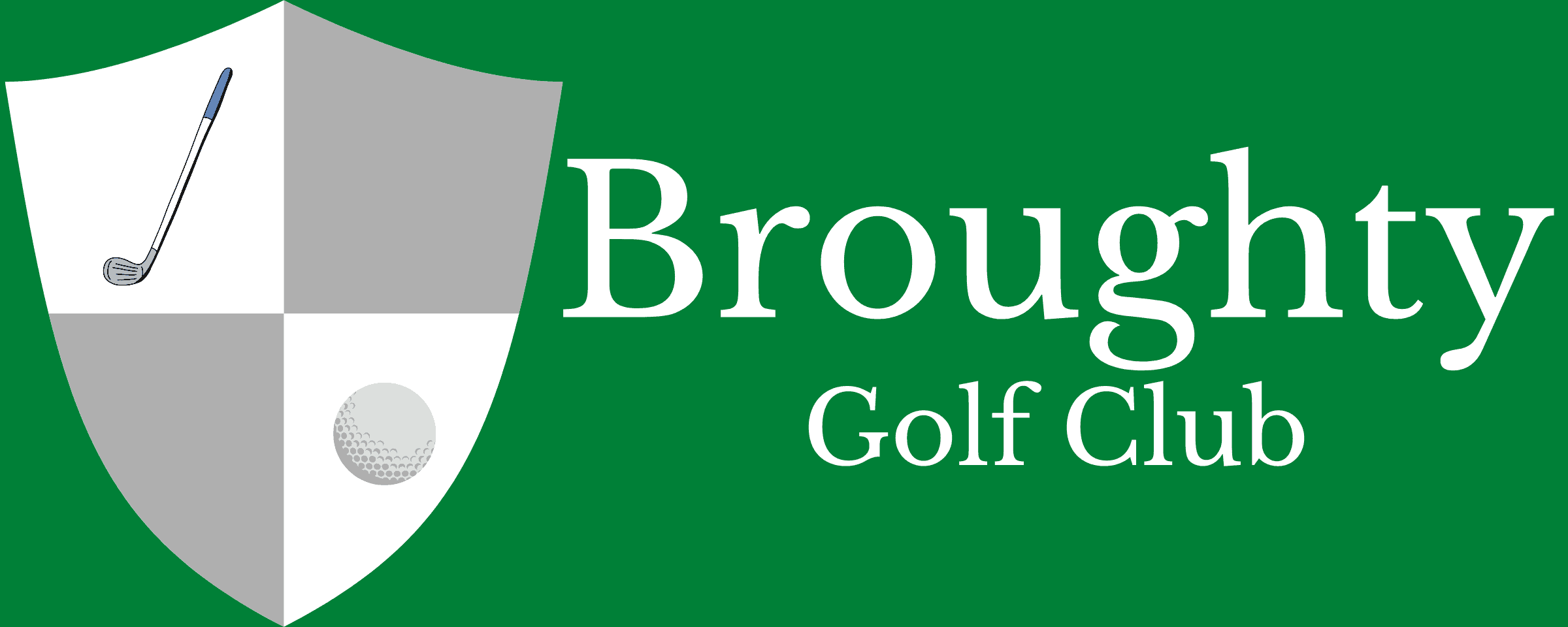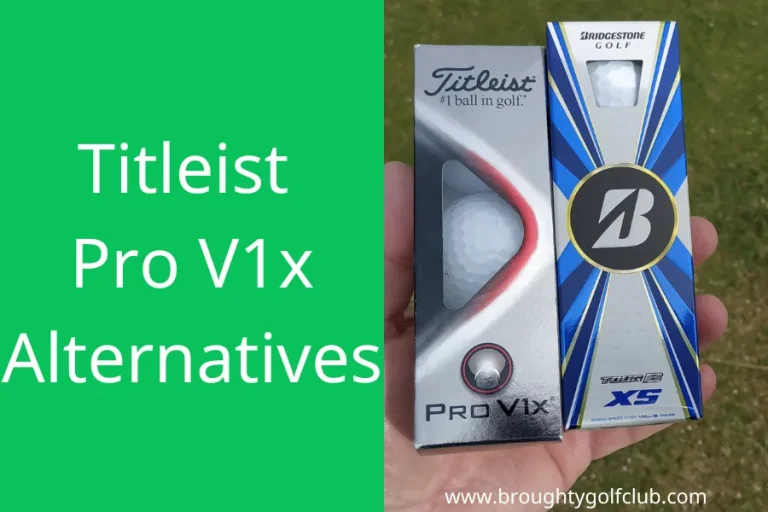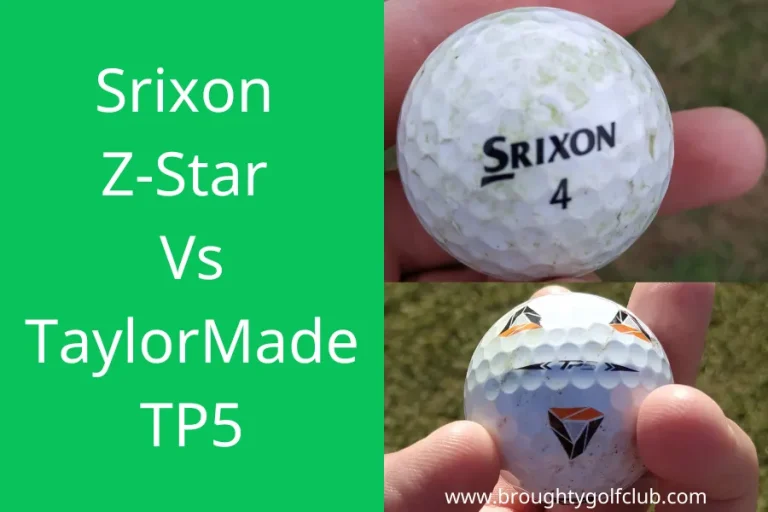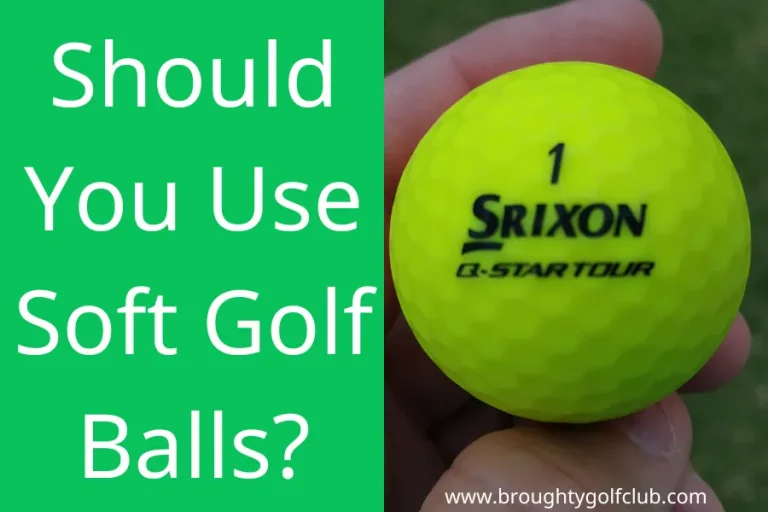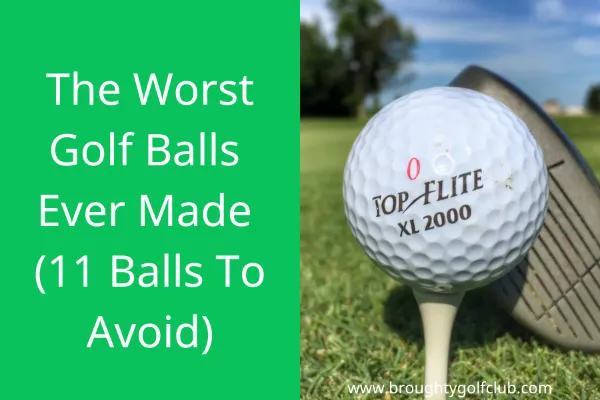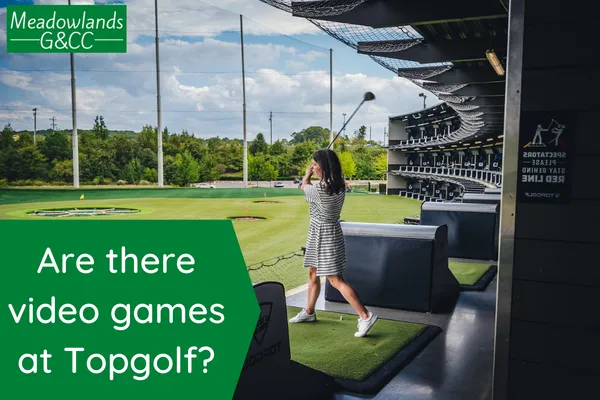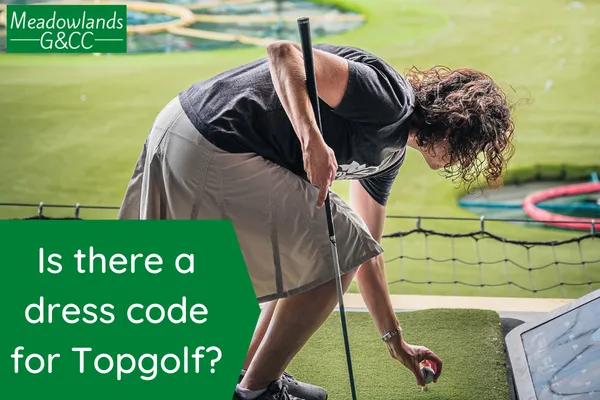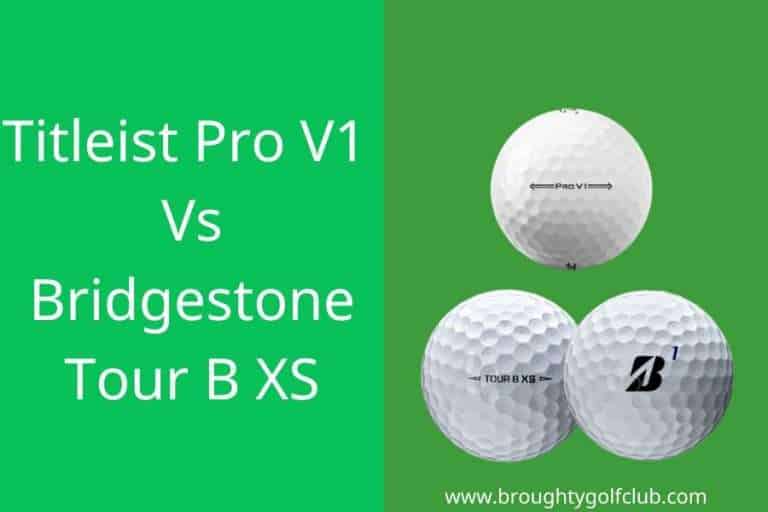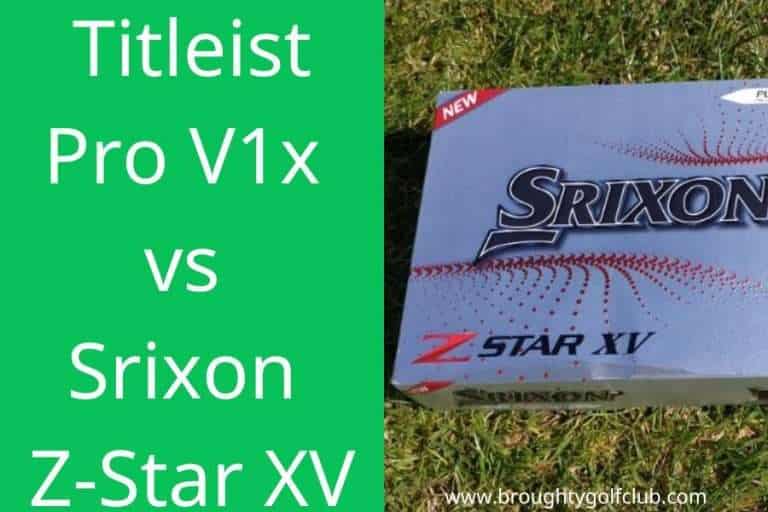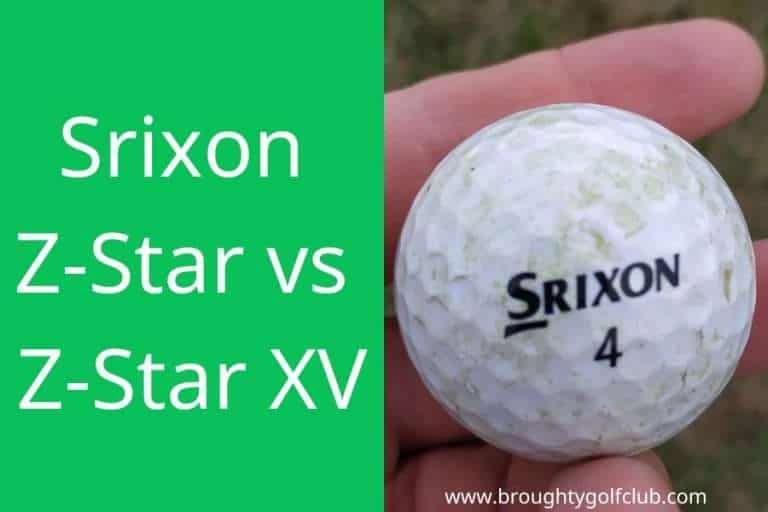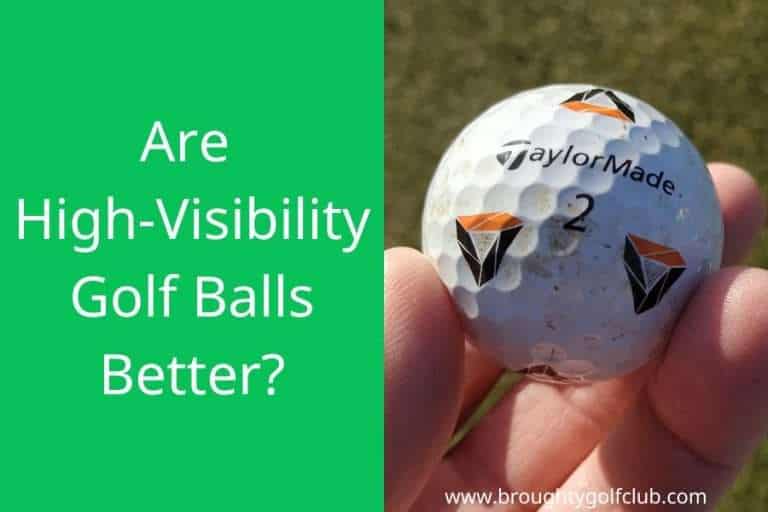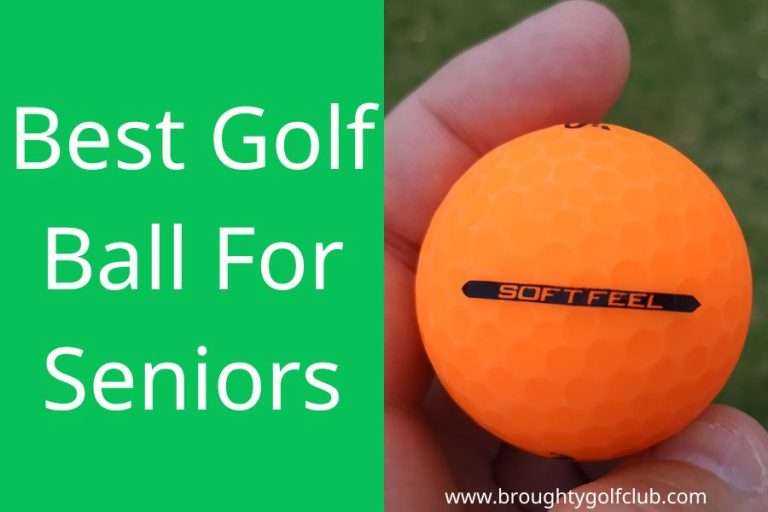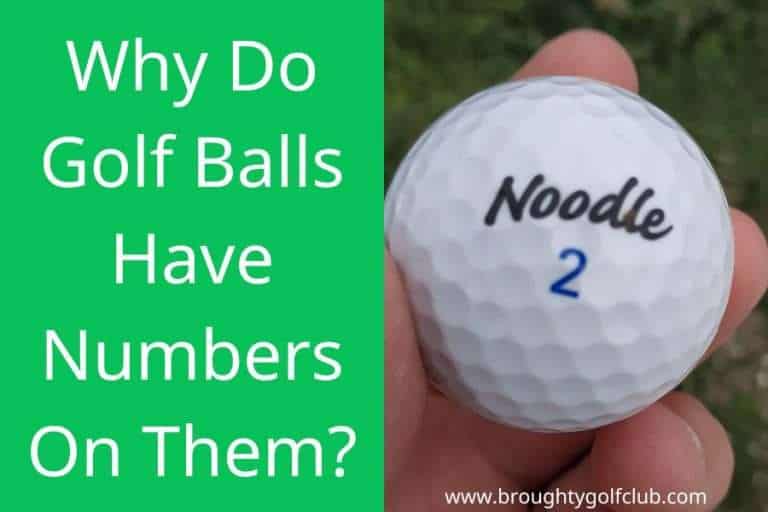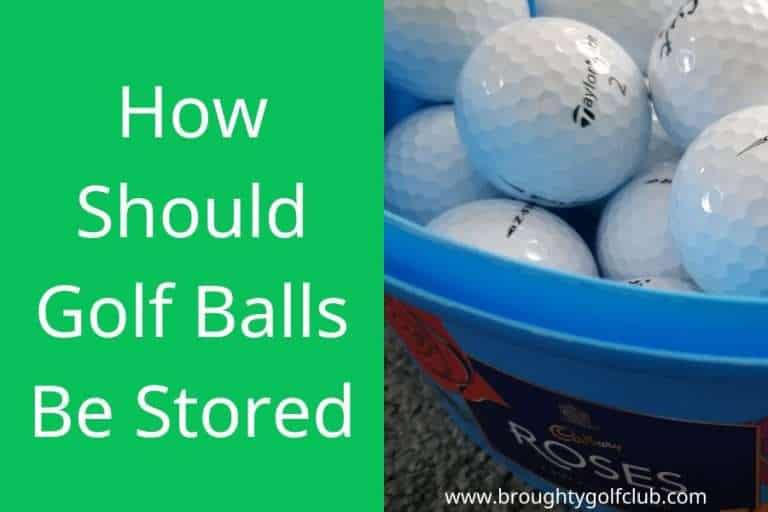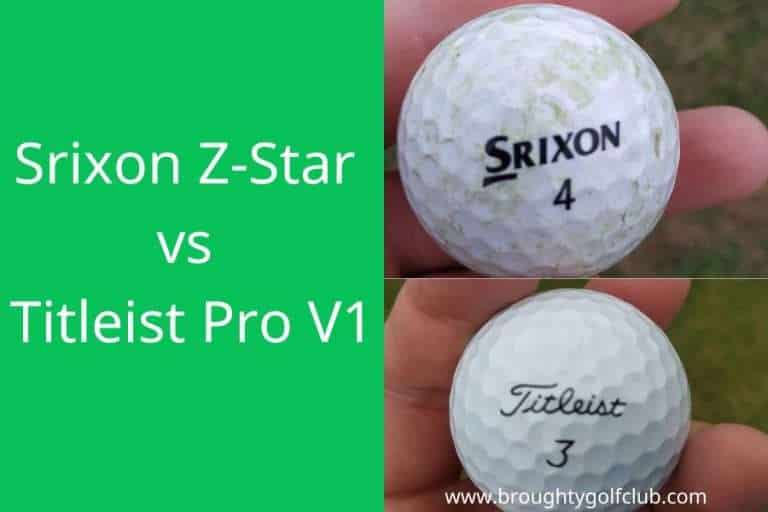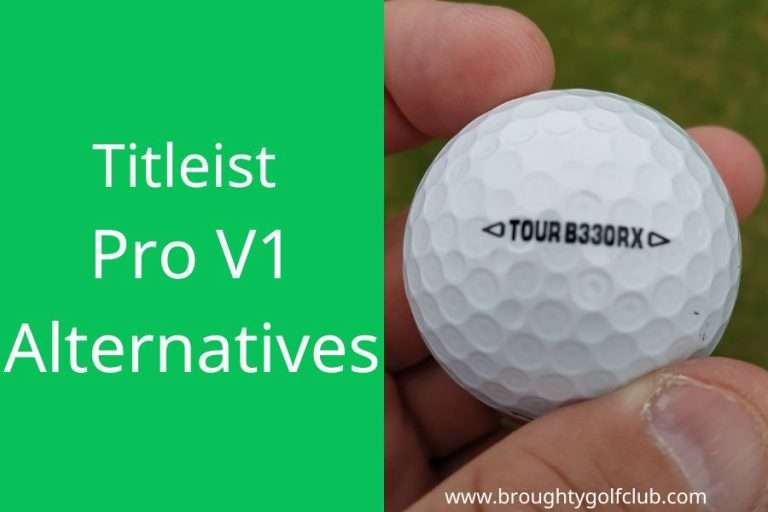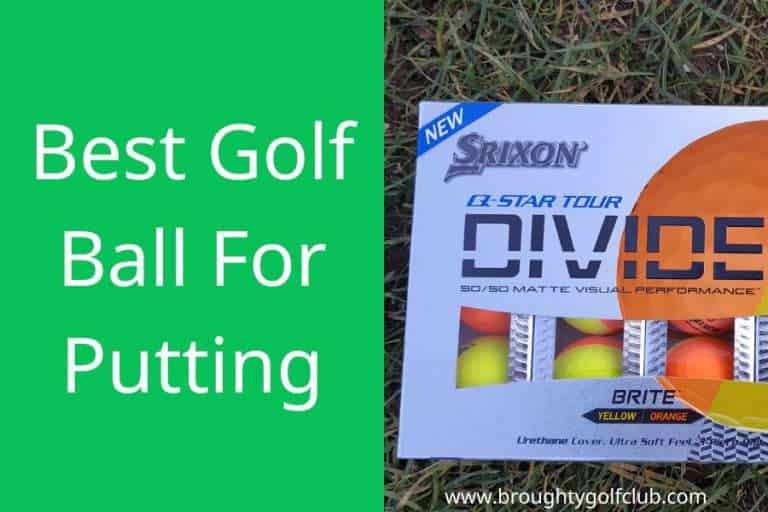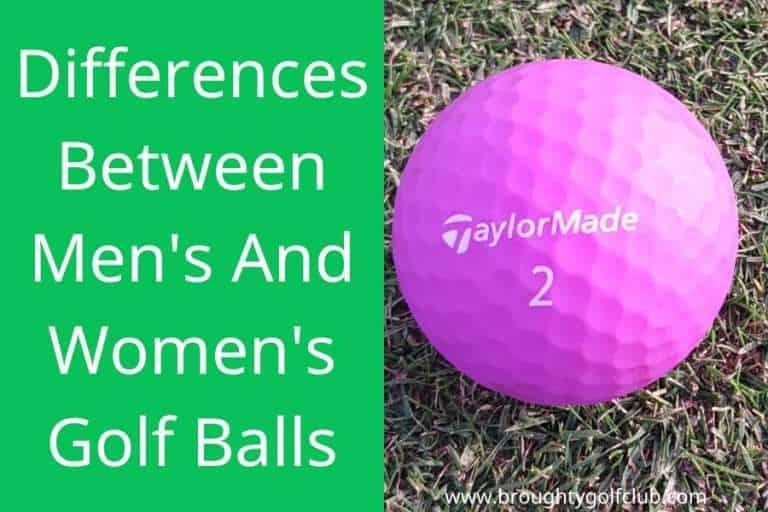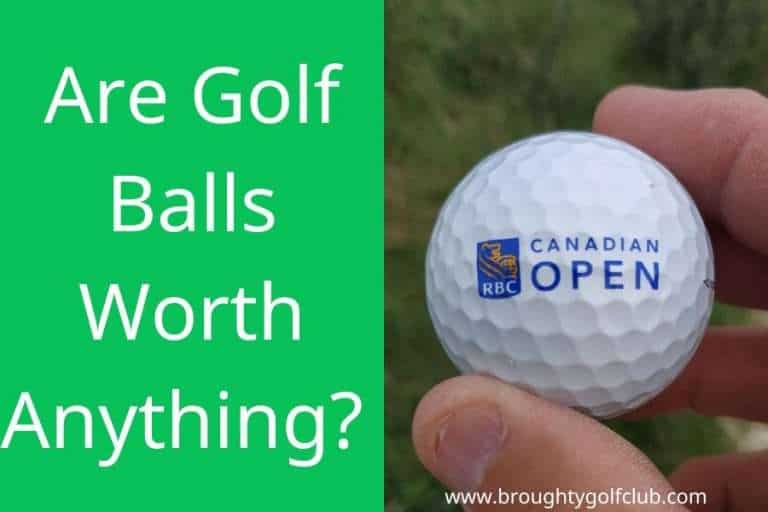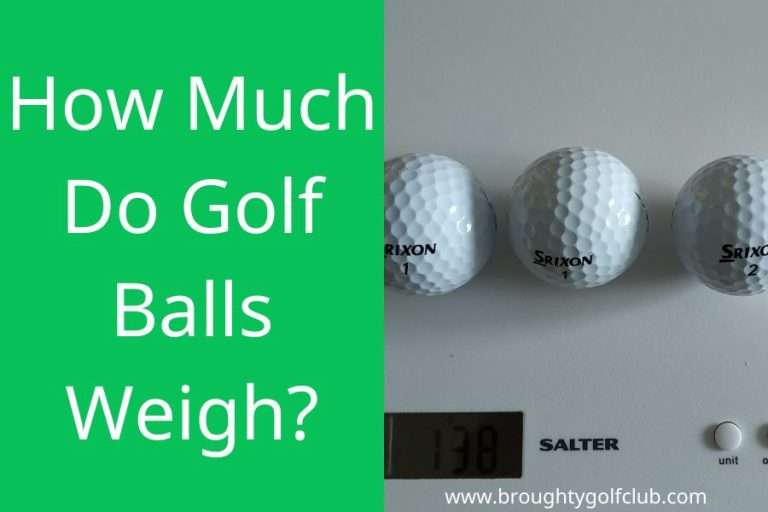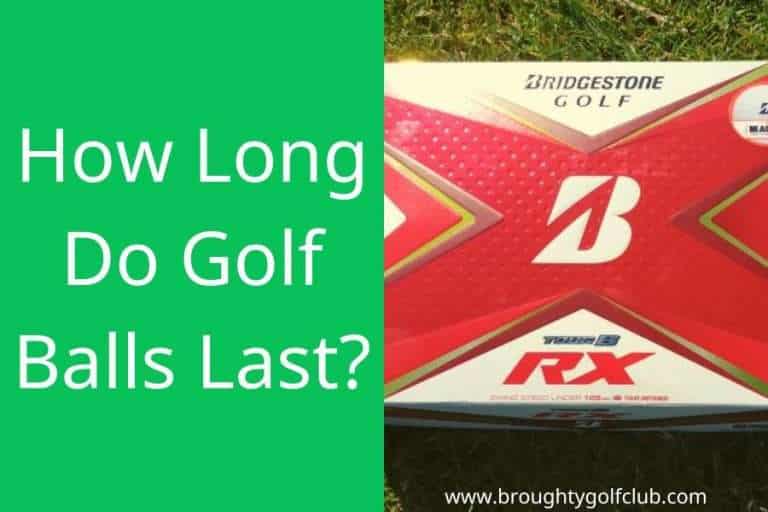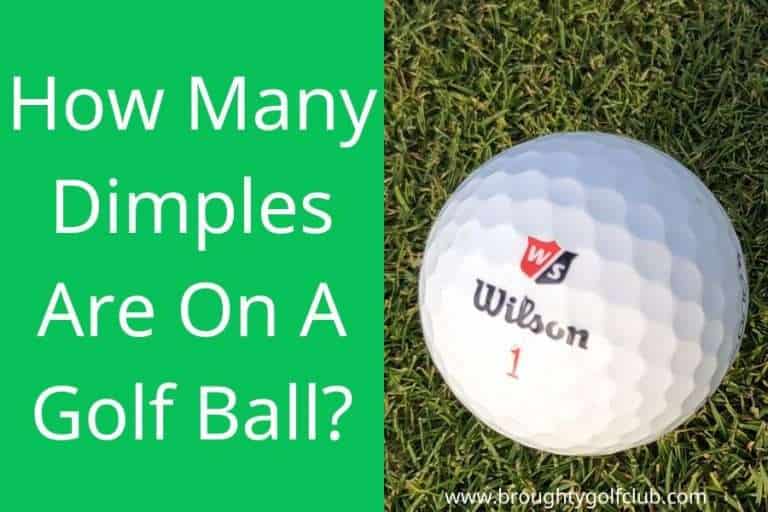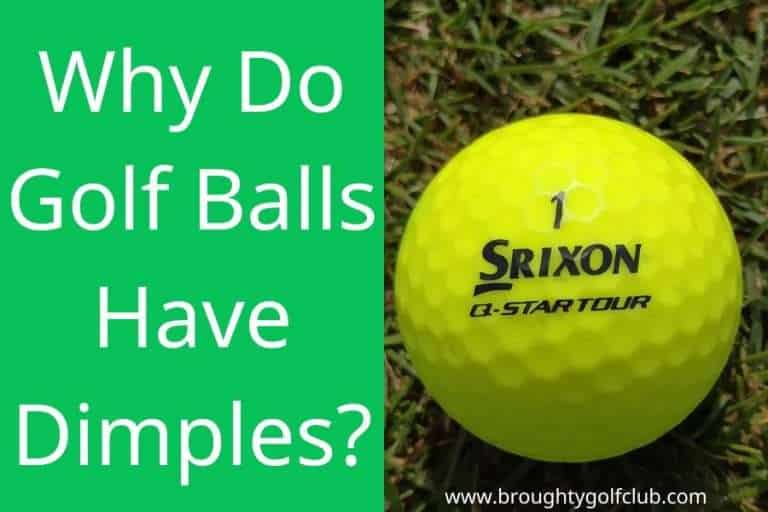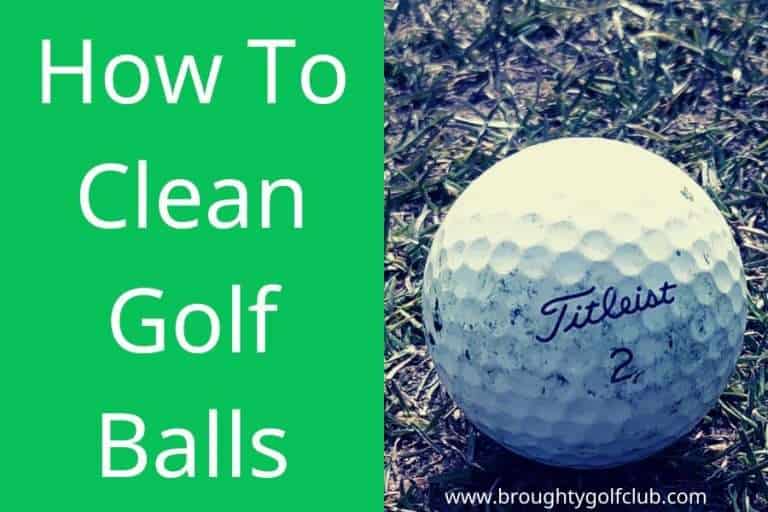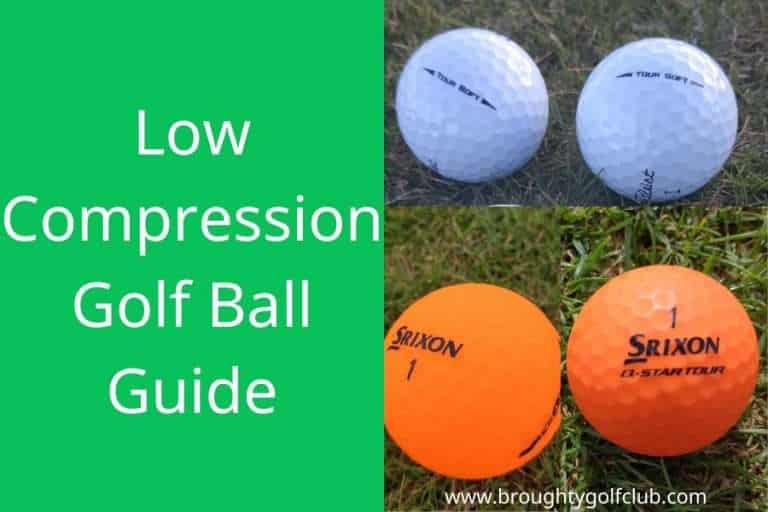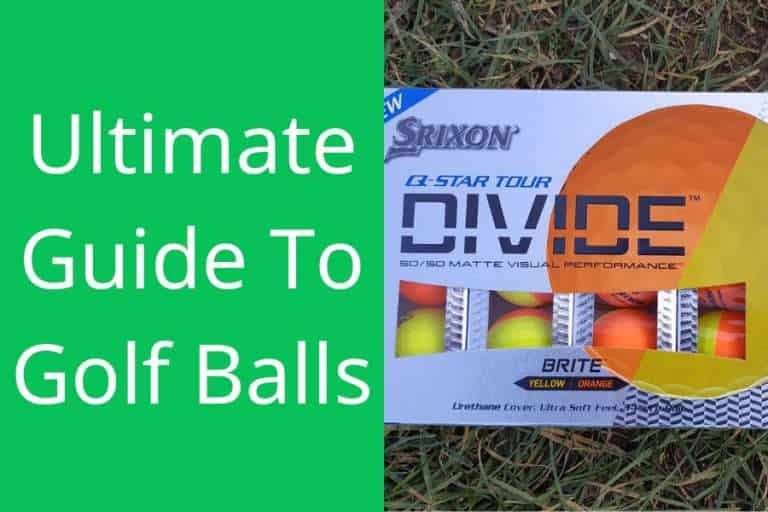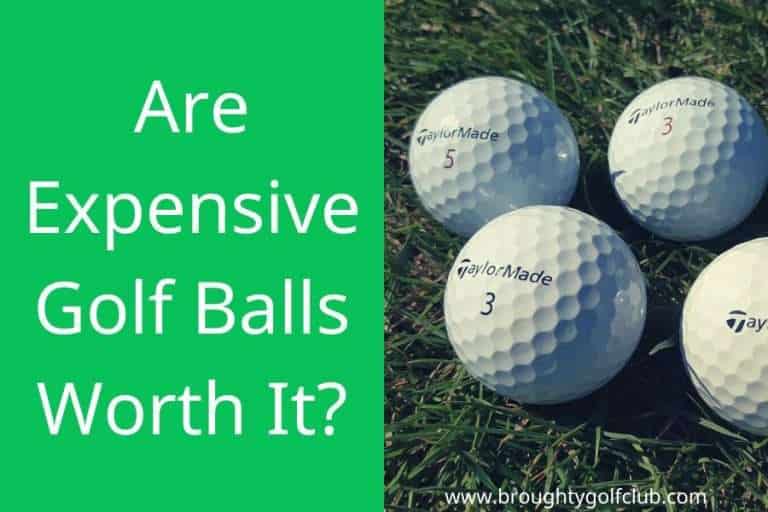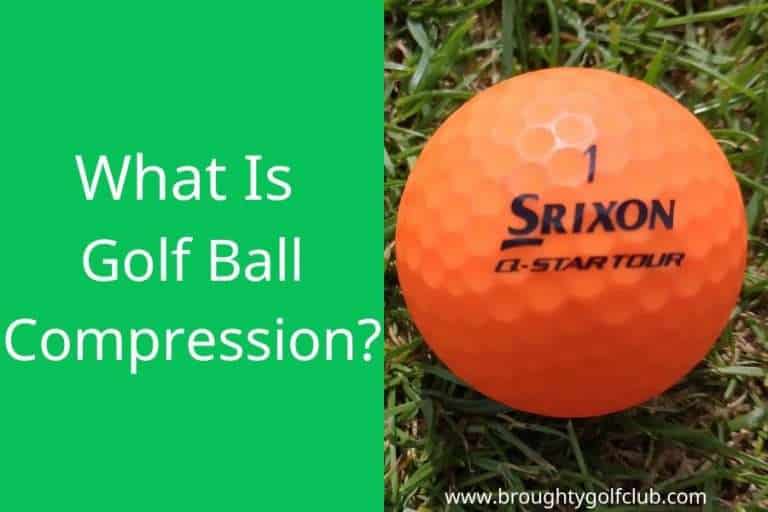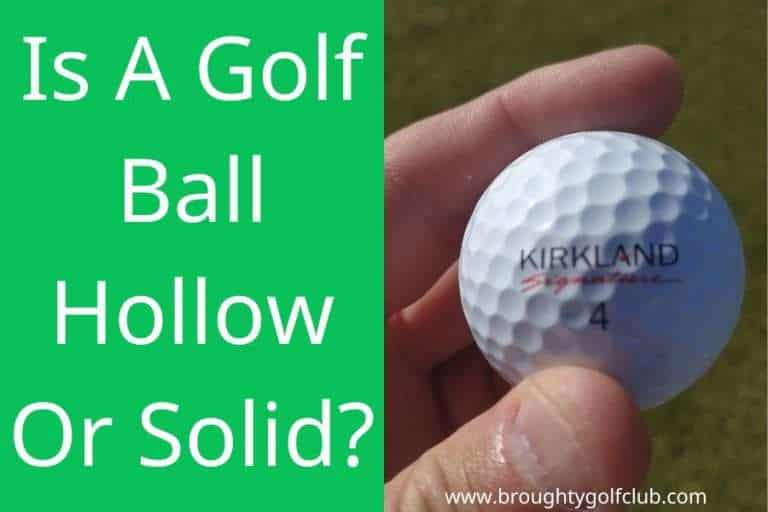Golf Balls
Golf Ball Articles
Golf Balls
Arguably the golf ball is the most important piece of equipment in the game since its the only thing you use for every single shot!
Since golf balls all look the same apart from the brand name they all play the same, right? Wrong!
For a deeper dive into the ins-and-outs of the ball you can take a look at my ultimate guide.
Here is a quick break down of what you need to know before buying golf balls.
Price
In the same way that high performance cars cost a lot more than an old clunker you will find that the best quality balls will set you back a lot more than some cheaper models. You can easily spend around $50 per dozen on balls used by your favorite tour players. If you aren’t looking for the best performance then you can pick up some balls for $20 per dozen.
Not everyone can afford $50 for a box of balls but not everyone needs to use those high-quality balls anyway. Even if you do want to use a premium ball you don’t always have to pay top dollar!
Layers
Top quality balls will be 3, 4 or 5 layers. Cheaper balls will be 2-layer. I wouldn’t advise buying single layer balls since they are strictly for mini-golf or a low-quality driving range!
Manufacturers use different materials in each layer to enhance the performance of the ball and to produce particular characteristics. Some balls are better for pure distance, some for feel and spin and there are some that try to give you the best of both worlds.
TaylorMade are the only company producing a 5-layer ball at the moment. Their TP5 and TP5x are gaining some popularity on the PGA Tour but they have a long way to go to catch up with Titleist. The Pro V1 is a 3-layer (3-piece) ball that along with its sister ball the Pro V1x (4-piece) is played by around 70% of pros on the tour. In the 2021-22 season 72% of the 733 players who played an event used a Titleist ball!
Cover
The cover of the ball is going to have a large say in how much spin you will be able to generate. The best balls that allow you to generate maximum spin will have a urethane cover. Cheaper balls won’t tend to spin as much because they have an ionomer cover. You’ll find that most premium balls have a thin cover too!
Compression
Compression is a measure of how much the ball deforms during impact. Historically, better players with high swing speeds would have played high compression balls while people with slow swings would have been told to play balls with a low compression for example, ladies and seniors. The modern trend towards softer balls has made this a slightly grey area but overall if you are looking for maximum distance you will probably need to play a firmer ball.
Spin
For tour players and good golfers spin is their friend. They can shape the ball round trees and make it spin back on the green. For beginners and high handicappers spin can be a problem though. Playing a top quality ball that spins the most might help you stop the ball on the green but it will also make your slice or hook worse as well!
Color
Long gone are the days where you can get a ball in any color you want as long as its white!
Most manufacturers will produce a white or yellow version at the least. Some, like Srixon, have brought out two-tone color schemes. You can also find some balls that are designed to make the ball seem bigger. Thanks Callaway (TruVis) and TaylorMade (Pix).
Whichever ball you choose try not to lose it!


